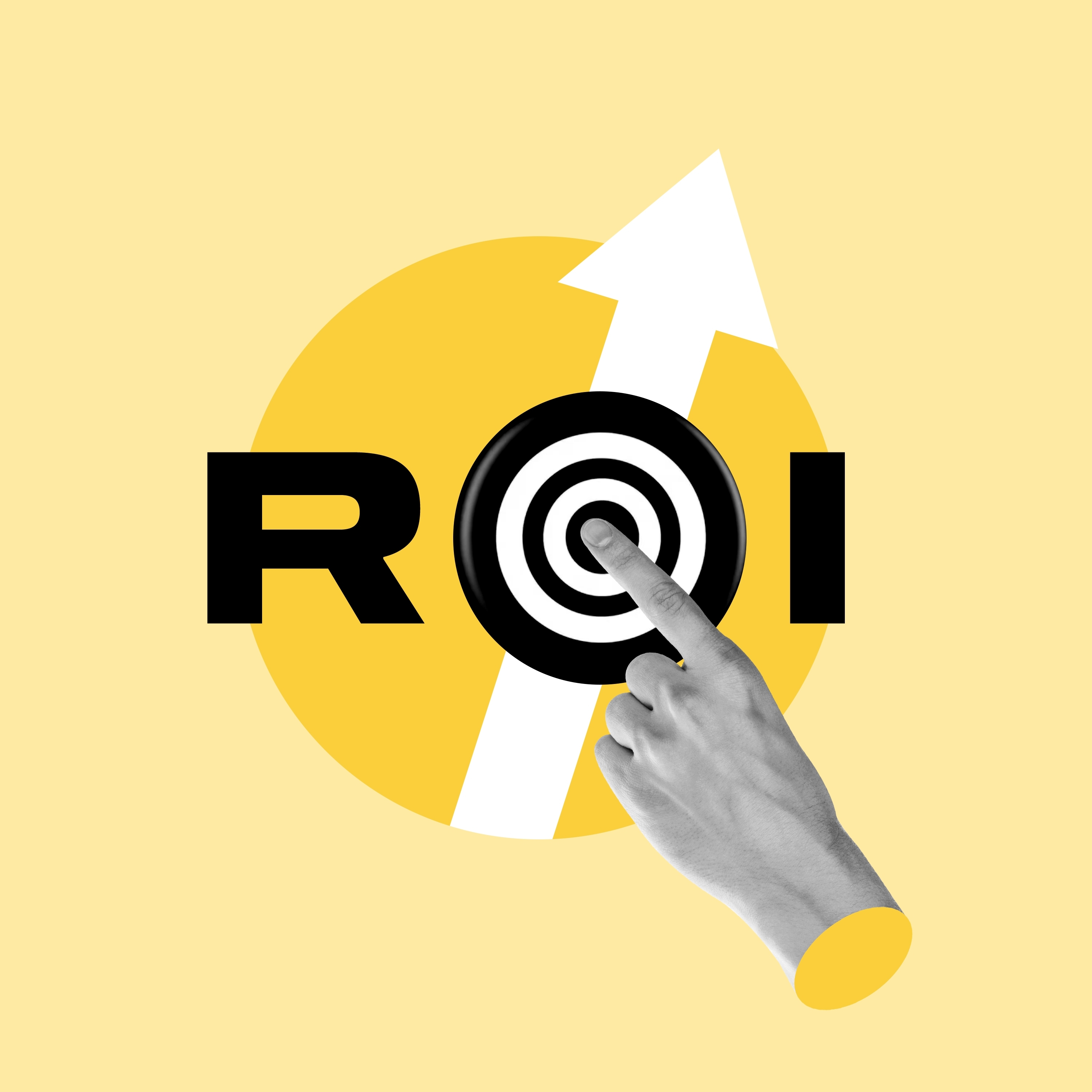Ideas Post
Social Media and Public Awareness Campaigns

Not too long ago, we put a social media proposal together for a regional organization looking to push awareness about a prominent public health issue.
Traditional marketing (e.g. – billboards, commercials, PR and print) has historically been the route to take for these sort of “public awareness” pushes, but as social media’s reach and targeting capabilities have grown, awareness campaigns are gaining more and more play on social media as a legitimate marketing vehicle.
In this blog, I breakdown my favorite Key Performance Indicators (KPIs) for public awareness campaigns on Facebook and explain why they’re such great measures of success.
KPI #1: Estimated Ad Recall Lift (People) Total / Cost Per Estimated Ad Recall Lift
What Is It? Estimated Ad Recall Lift projects how many of an ad’s “served” individuals Facebook estimates would remember seeing your ad if they were asked 2 days later.
Estimated ad recall is calculated based on sample size polling conducted by Facebook, in which Facebook asks a sample of users if they recalled seeing your ad in the past two days (individuals must have been served your ad prior to the fact). Machine Learning then projects what these results would be if allserved users were polled.
A great method to measure what constitutes “good” and “bad” estimated ad recall is cost per estimated ad recall lift – essentially how much it costs to achieve a single ad recall (the lower the better).
Why for Public Awareness Campaigns? Since overall awareness of a public health issue (and its impact on others) is so important, Estimated Ad Recall Lift is a great measurement of how many people are actually “digesting” your ad (research shows how memorable an ad is correlates to the completion of lower funnel consumer actions (like message association and purchase intent).
KPI #2: Unique Individuals Reached / Cost Per 1,000 People Reached
What Is It? Unique individuals reached measures how many unique users were served your ad.
Like the aforementioned Cost Per Estimated Ad Recall Lift metric, Cost Per 1,000 People Reached is a great way to measure whether ads are achieving their full potential (e.g. – an ad with a $0.01 cent per 1,000 people reached clip will reach 10-times more people than an ad with a $0.10 cents per 1,000 people reached clip (funds spent toward each being equal).
Why for Public Awareness Campaigns? Since spreading awareness across a target group is so critically important for these, the number of unique individuals reached serves as a true barometer as to whether your ads are truly reaching your target audience or not.
KPI #3: Impressions and Frequency
What Is It?:Impressions are the number of non-unique instances an ad was seen, while frequency is the average number of instances each “served” individual viewed an ad (“served” means Facebook “showed” the ad to the individual).
Why for Public Awareness Campaigns?:For public awareness campaigns, the more ads are seen, the better, while frequency allows marketers to measure how many times the target audience is being hit – the greater the frequency, the more likely they’re to remember and “consume” your ad.
KPI #4: Shares
What It Is?: The number of instances individuals decided to share your content with their personal follower base.
Why for Public Awareness Campaigns?:Straight up, shares are a barometer of how good your content is (when people think your ad is worthy enough to share with their followers, then you know your content is good).
KPI #5: Video Watches at 75%
What It Is?: The number of instances your video was viewed 75% the way through.
Why for Public Awareness Campaigns?:Research has shown video to be the most engaging piece of content in digital (if people are viewing your ad 75% the way through, it’s a sign that your video is engaging and pleasing to watch).
KPI #6: Link Clicks
What It Is?:The number of instances an individual decided to tap (or click) an ad’s link to learn more.
Why for Public Awareness Campaigns?:Attracting users to visit a public awareness campaign’s website is essential in most cases. Once users are at your website, they can then learn more about the issue at hand, its impact, and how they can take action to help.
KPI #7: Customized Conversions
What It Is?: Conversions measure how many instances a certain action was completed after a user opened your ad’s link (conversions can be customized to whatever action you want – whether that’s clicking on another part of your site, submitting a form, hitting “Call Now,” etc).
Why for Public Awareness Campaigns?:Conversions track whether the ultimate end goal of your campaign is actually being achieved (are users exploring your campaign’s site to learn more and taking the correct actions to make a difference?)
I hope this piece helps in your social media marketing journey! Whether your campaigns are public awareness focused or not, these KPI’s are tried and true reliable indicators of success, no matter what your end objective is.
Contact the digital marketing experts at Tribu to maximize the exposure of your public awareness campaign.
Let's build a tribe together
Ideas, Ideas, Ideas
Featured Work
We don’t just deliver - we make a difference.
Here’s a look at some of our most impactful branding, web, and campaign work. These aren’t just projects - they’re proof of what’s possible when bold ideas meet the right tribe.












